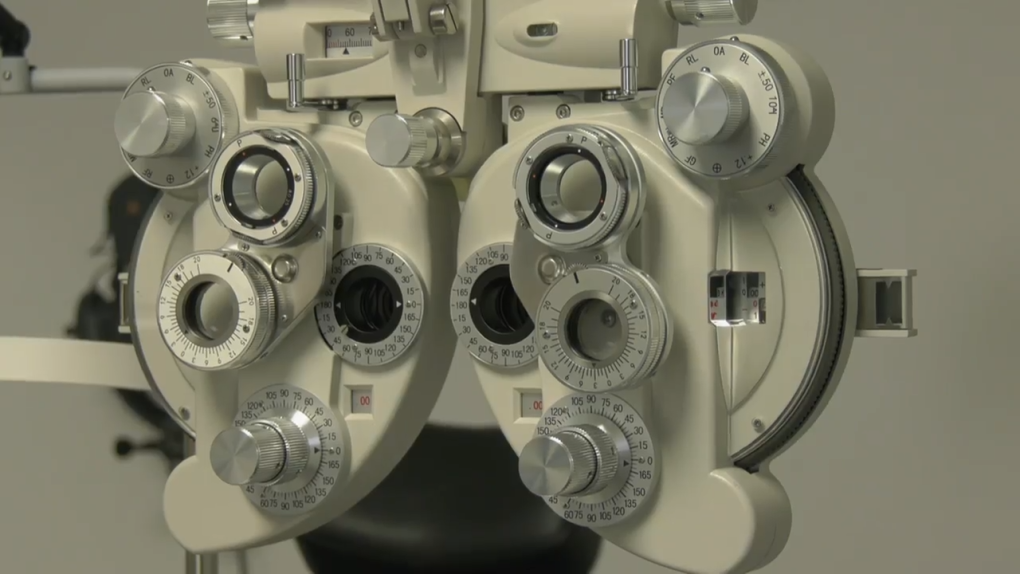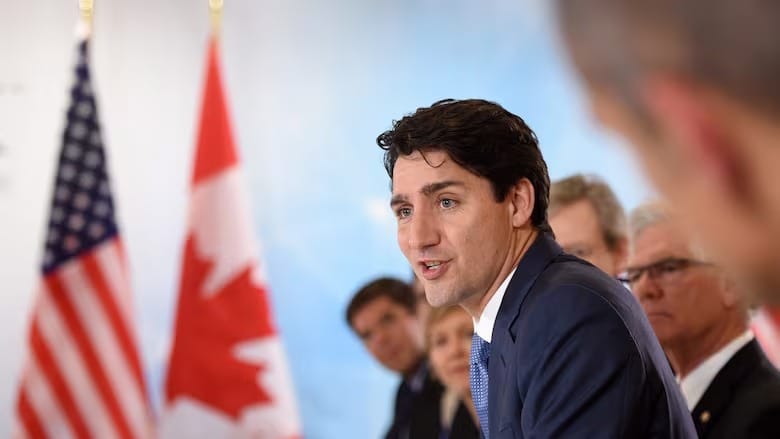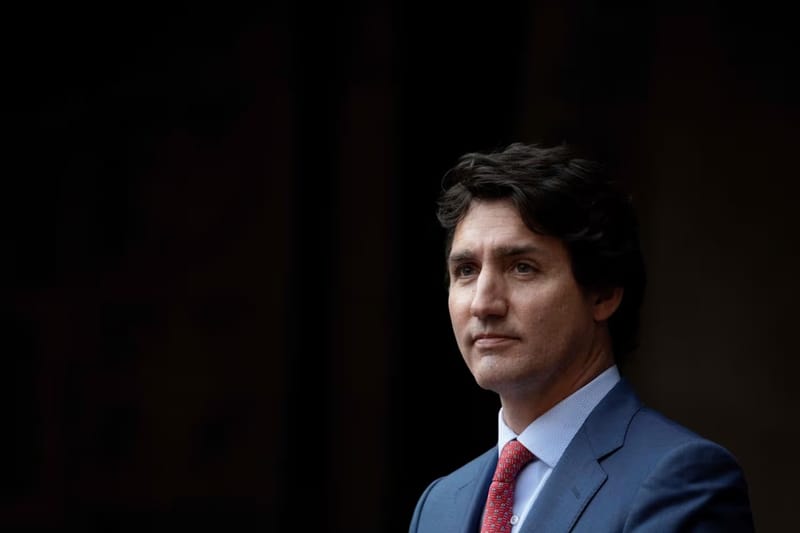More kids and teens are needing glasses, study shows
It also found a particularly steep increase in cases since the start of the pandemic.

An increasing number of children and teenagers are requiring glasses, a trend being noticed worldwide, with researchers suggesting the pandemic might have contributed to the rise.
At an optometry clinic in Snowdon, optician Amanda Garcini noted a significant increase in children needing glasses. “Since the pandemic, and even a few years before, because of the new world, we spend a lot of time in front of screens,” she explained.
This phenomenon aligns with global findings. A review of over 275 studies worldwide revealed that more than one-third of children and teens now have myopia, or nearsightedness, a rate three times higher than in 1990. The review also highlighted a sharp rise in cases since the onset of the pandemic.
The increase is attributed to "near work," which involves prolonged focus on a single point, such as screens, phones, or even books.
Encouraging children to spend more time outdoors may help combat this trend. “What we want is for the eyes to relax or to see long, long away,” Garcini said.
Sunlight also plays a crucial role. Dr. Robert Koenekoop, chief of ophthalmology at Montreal Children's Hospital, cited research showing that a lack of sunlight increases the risk of myopia in children. “The absence of sunlight in these kids' environment was increasing the risk of myopia,” he explained.
Severe myopia can lead to more serious complications, such as thinning of the retina, retinal detachment, and tears.
Koenekoop emphasized that treatments and specialized lenses can help slow myopia's progression. Children experiencing rapid changes in vision should consult an eye specialist or ophthalmologist.
According to Garcini, children should have their eyes examined before starting school and then annually. Eye exams are free for individuals under 18 with a RAMQ card.





